3PL Integrations: Options for Integrating with Beyond Warehousing
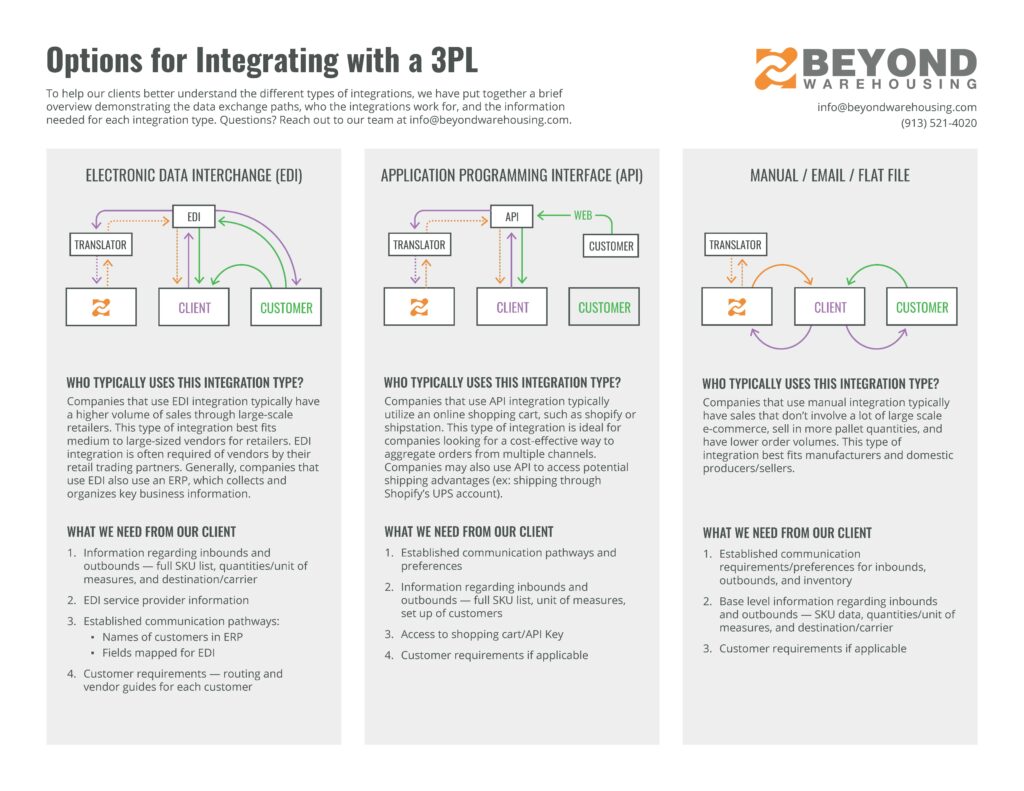
Electronic Data Interchange (EDI)
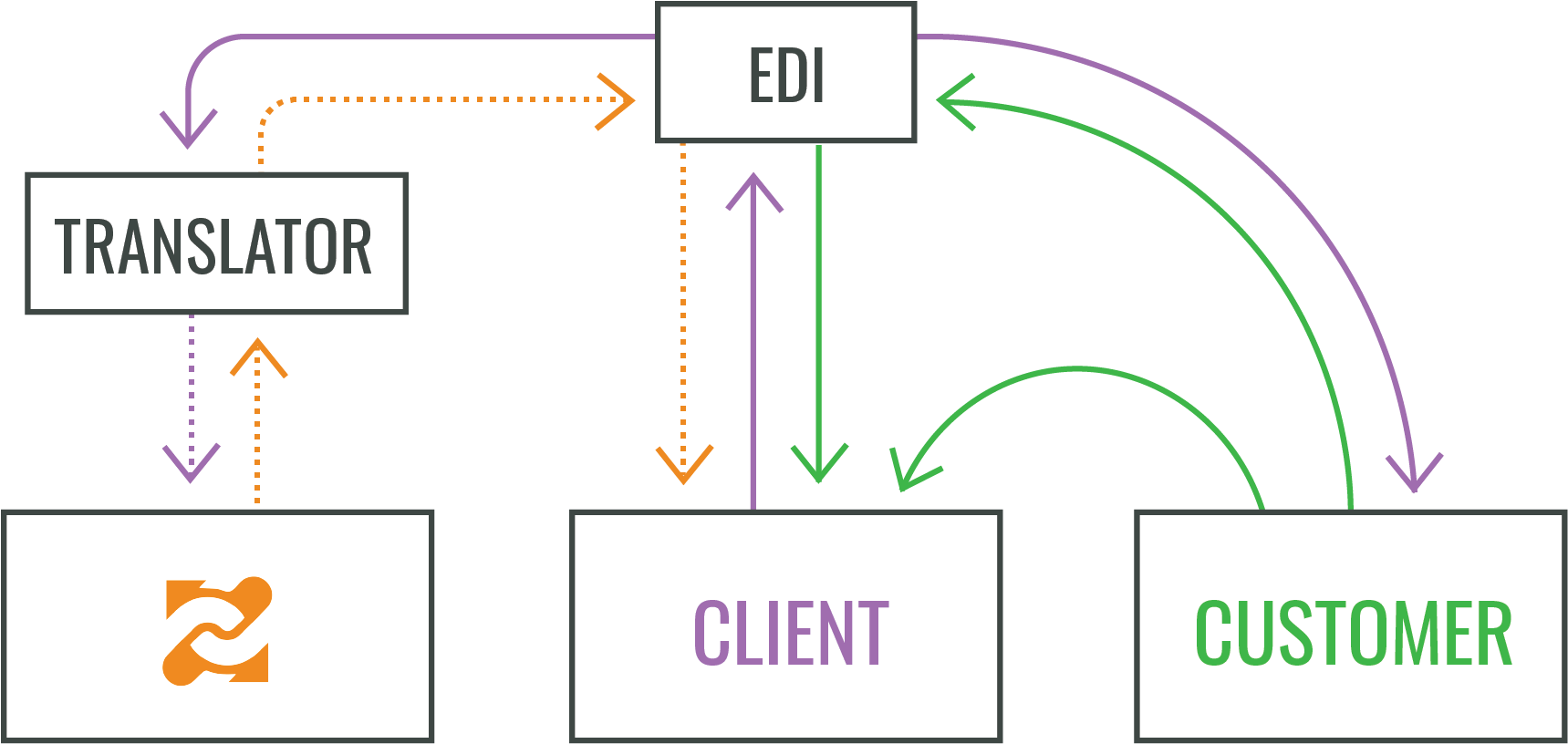
Who Typically Uses EDI Integration?
What We Need from Our Client for EDI Integration
- Information regarding inbounds and outbounds — full SKU list, quantities/unit of measures, and destination/carrier
- EDI service provider information
- Established communication pathways:
- Names of customers in ERP
- Fields mapped for EDI
- Customer requirements — routing and vendor guides for each customer
Application Programming Interface (API)
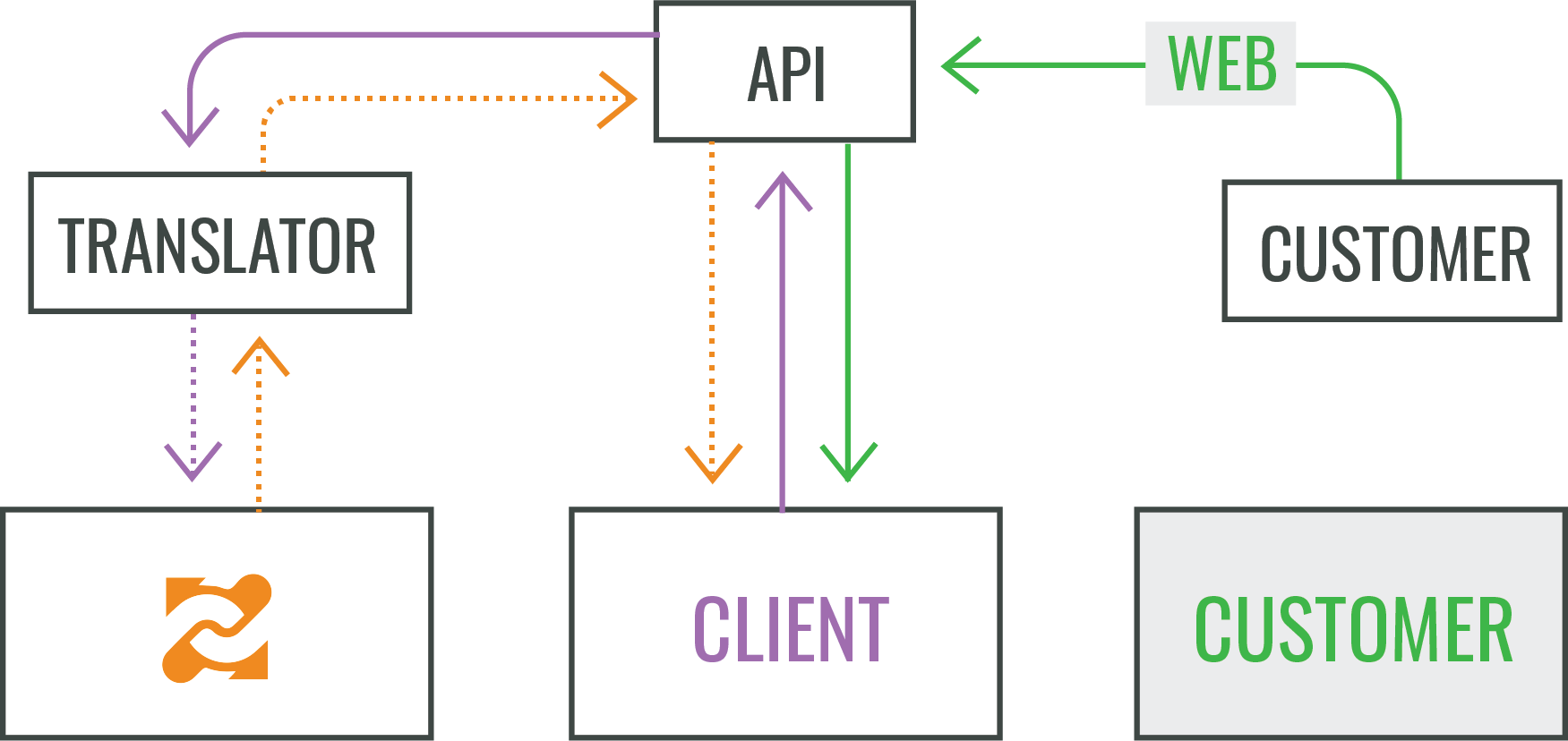
Who Typically Uses API Integration?
What We Need from Our Client for API Integration
- Established communication pathways and preferences
- Information regarding inbounds and outbounds — full SKU list, unit of measures, set up of customers
- Access to shopping cart/API Key
- Customer requirements if applicable
Manual / Email / Flat File
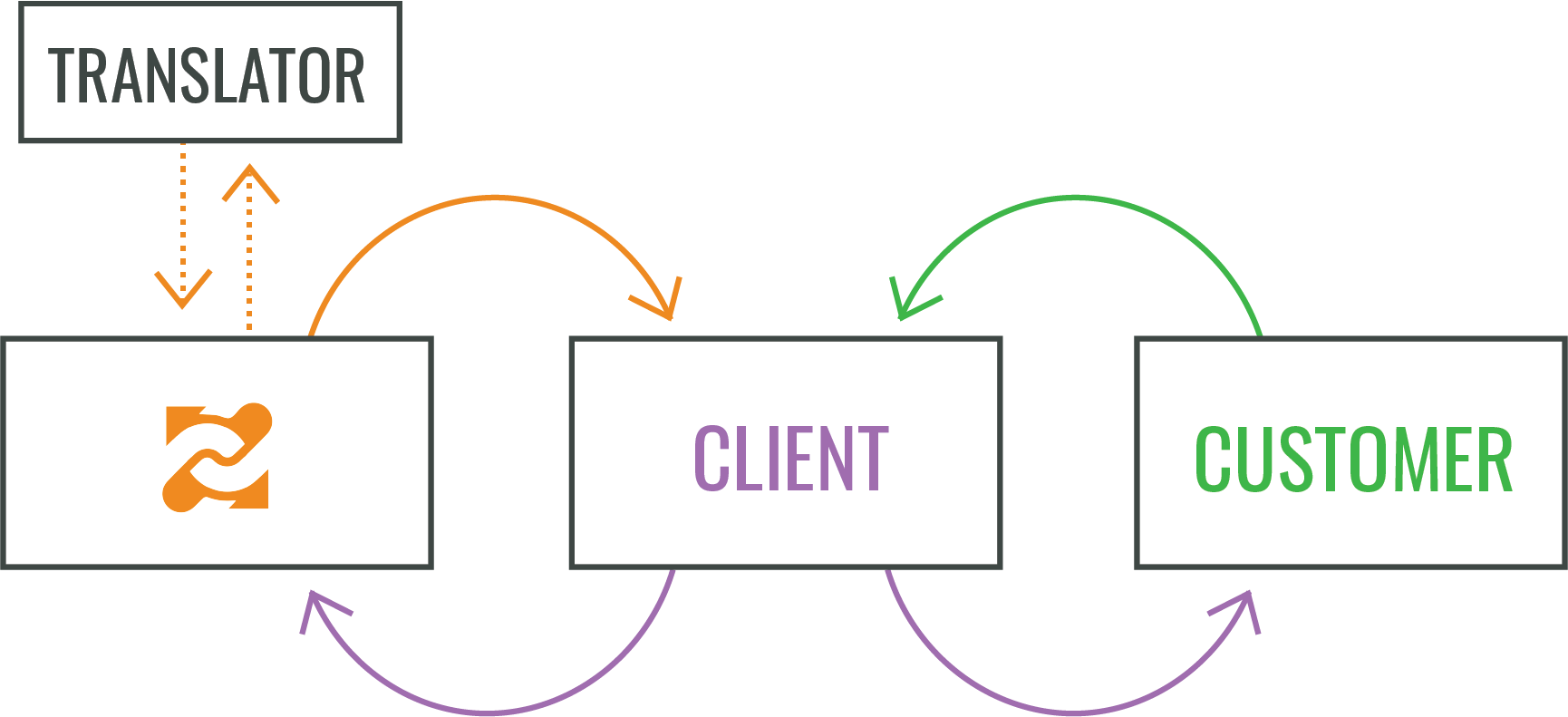
Who Typically Uses Manual Order Entry?
What We Need from Our Client for Manual Order Entry
- Established communication requirements/preferences for inbounds, outbounds, and inventory
- Base level information regarding inbounds and outbounds — SKU data, quantities/unit of measures, and destination/carrier
- Customer requirements if applicable
Want to hear from us?
Questions?
Recent Blog Posts

The Role of Ambient Storage in 3PL Warehousing
Unlike specialized storage solutions, ambient warehousing offers the flexibility to accommodate a wide range of goods, from dry food products to electronics, without the need for costly climate control systems. What is Ambient Storage? Ambient storage refers to the storage of products in a non-
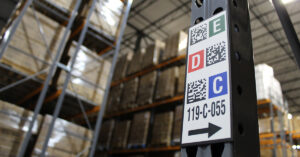
An Overview of 3PL Warehouse Services
Projected to hit $1.31 trillion by 2024, the growth of the global third-party logistics (3PL) market reflects a significant shift in how businesses handle warehousing and fulfillment complexities. Navigating the modern supply chain landscape requires a strategic approach, and for many businesses, this involves the

3PL Pricing: Understanding Warehousing and Fulfillment Costs
In the world of business procurement, the search for the best value is a common goal; to make the right choices from the beginning, avoid regrets, and ensure long-term success with vendors.However, when it comes to the complex realm of 3PL pricing, it is common


